Last week, market saw the strongest rise in the relative values of the New Zealand dollar and the strongest fall in the relative value of the US Dollar. The US dollar dropped over the past week after running into some technical resistance two weeks ago, while its long-term trend is mixed.
The headline last week was that market sentiment is risk-on, especially in the US and the EU. Demand has been fuelled by dovish monetary policy and stimulus in the US, despite fears that policy will lead to unsustainable inflationary stresses. The week ended with the S&P 500, once again closing at an all-time high price of 4185.50 – the second successive week close above 4000, while the DowJones and NASDAQ also closed at record highs. European stock markets also hit record highs, with the German DAX Index also ending the week at a record high of 155398.
Also, last week saw the Kiwi rise after the Reserve Bank of New Zealand kept a steady course in its monthly policy release.
The main events this coming week will be policy feedback from the European Central Bank and the Bank of Canada, as well as British, Canadian and New Zealand CPI numbers.
Check below the most important news this week:
- Wednesday; The New Zealand’s Consumer Price Index (CPI), Australian Retails Sales, the UK’s yearly CPI, Canada’s CPI, BOC Monetary Policy Report and Rate statement, US Crude Oil Inventories.
- Thursday; The EU’s Monetary Policy Statement and ECB Press Conference, in the US the weekly Unemployment Claims.
- Friday; The UK, the EU and the US will report Manufacturing and Services PMI numbers
Looking ahead into the next week, the series of Manufacturing PMI and Unemployment Claims, along with Monetary Policy Meeting Minutes and BOC Press Conference, can push lots of headlines to keep market volatility. The geopolitical tensions in Ukraine and the Covid-19 headlines will also closely follow as they could play a key role in determining risk levels in the market.
Major Currencies Performance and Signals

EUR/USD
The EURUSD pair moved higher as expected last week during, breaking the 1.19500 hurdle. We expect the bullish bias to continue this week as well as the US Dollar is expected to fall more.
FORECAST: BUY
Resistance: 1.2000, 1.2050, 1.2100
Support: 1.1950, 1.1900, 1.1850
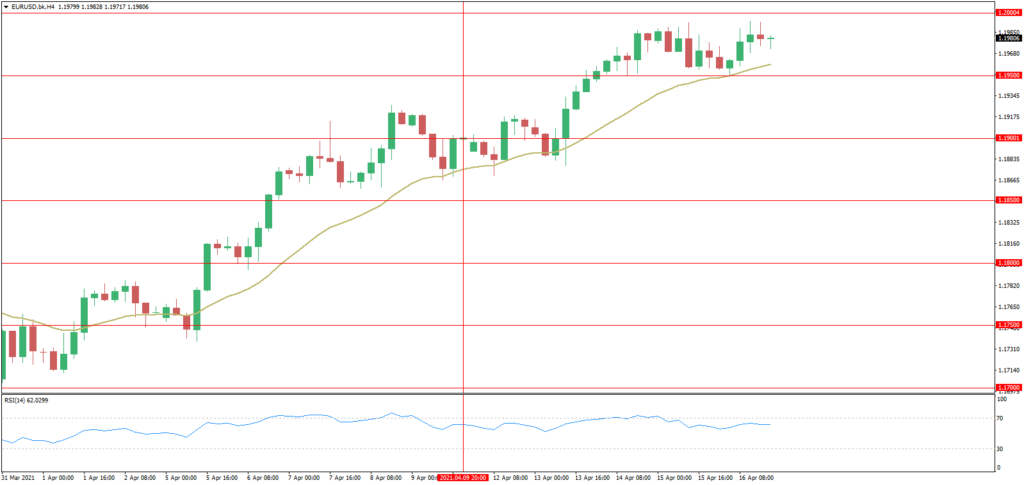
GBP/USD
Last week the British pound was ranging but on Friday had a big up move which is expected to continue further testing 1.3900 resistance.
FORECAST: BUY
Resistance: 1.3850, 1.3900, 1.3950
Support: 1.3800, 1.3750, 1.3700
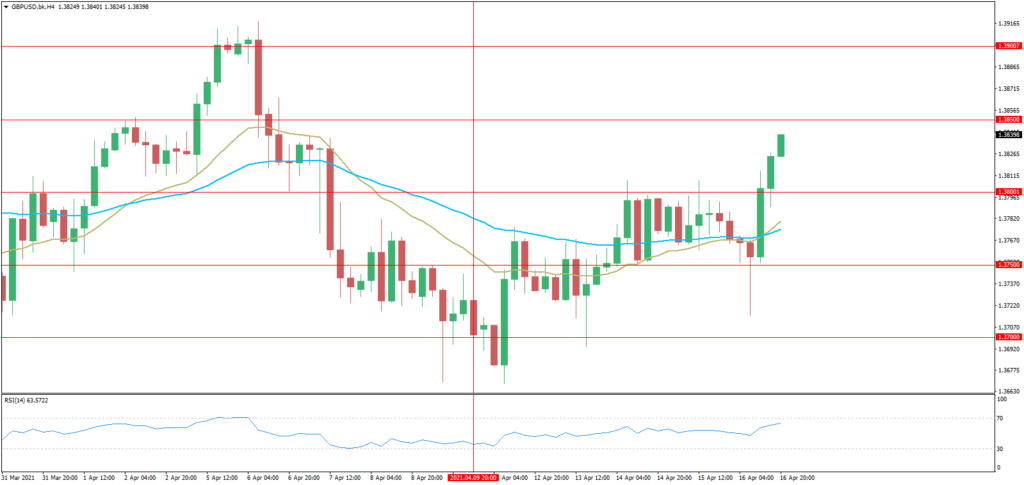
AUD/USD
The same story with the Euro and Cable, the Aussie has appreciated massively last week (1,46%) and is expected to continue this week as the US dollar depreciates further. Watch out for the Thursday’s Australian Retails Sales figures.
FORECAST: BUY
Resistance: 0.7750, 0.7800, 0.7850
Support: 0.7700, 0.7650, 0.7600
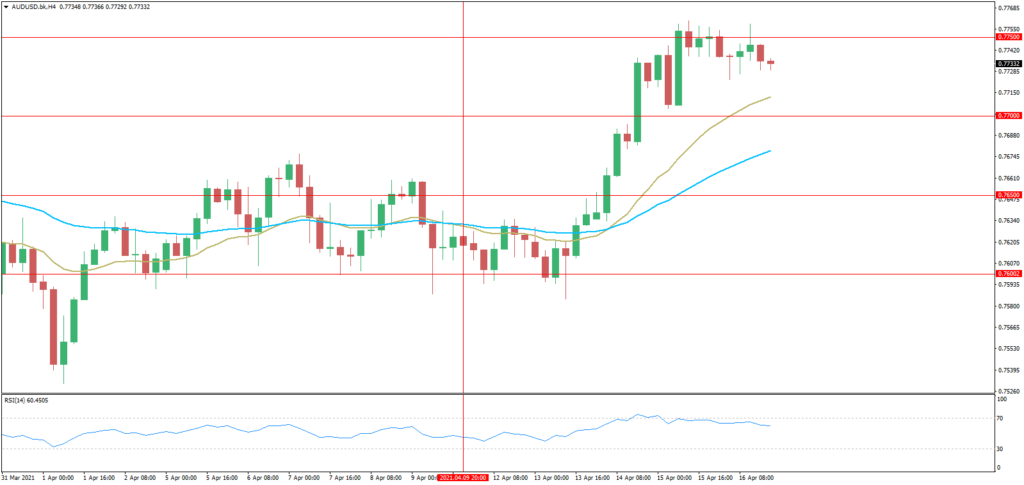
USD/JPY
The USDJPY pair last week moved on the bearish side but we expect the pair to range between the 109.00 and the 108.00 price support.
FORECAST: NEUTRAL
Resistance: 109.00, 109.50, 110.00
Support: 108.50, 108.00, 107.50
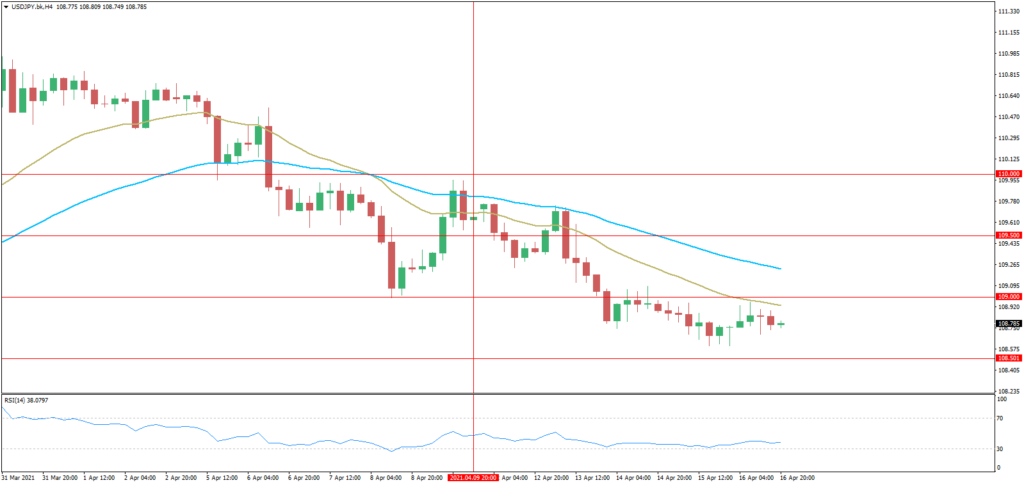
USD/CAD
Last week’s USDCAD performance was bearish with big swings between 1.2600 and 1.2500 support. This week we expect to go down further testing the 1.2400 support.
FORECAST: SELL
Resistance: 1.2550, 1.2600, 1.2650
Support: 1.2500, 1.2450, 1.2400
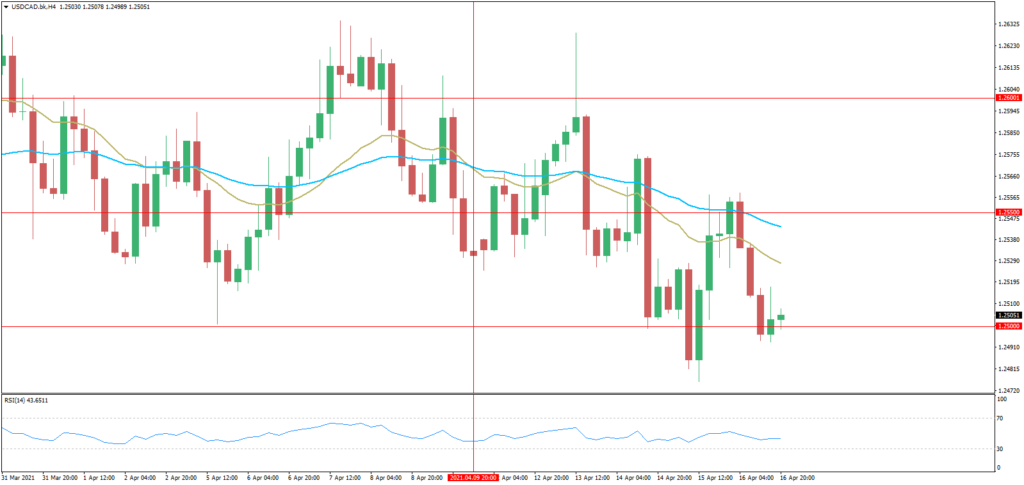
Warning:
Trading on CFDs involves a high level of risk, including full loss of your trading funds. Before proceeding to trade, you must understand all risks involved and acknowledge your trading limits, bearing in mind the level of awareness in the financial markets, trading experience, economic capabilities and other aspects.
Disclaimer:
Market Trends, Charts, Trading Ideas or other information provided by BKFX (Pty) Ltd and/or third parties are not intended as an investment advice and/or recommendation. The information provided is not presented as suitable or based on your specific need. You are responsible for your own investment decisions and you should not trade with money you cannot afford to lose. Any views or opinions presented in this Article are solely those of the author and do not necessarily represent those of the Company, unless otherwise specifically stated. The Company may provide the general commentary which is not intended as an investment advice and must not be construed as such. Seek advice from a separate financial advisor if an investment advice is needed. The Company assumes no liability for errors, inaccuracies or omissions, inaccuracies or incompleteness of information, texts, graphics, links or other items contained within this article/material.